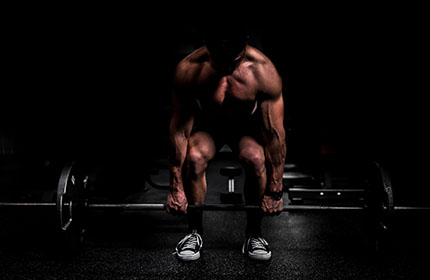
Training Roundtable With The Experts
Training Roundtable With The Experts
Predator Nutrition speaks to four of the industry’s leading experts about training, this article is the transcript.Firstly we'll introduce our interviewees:
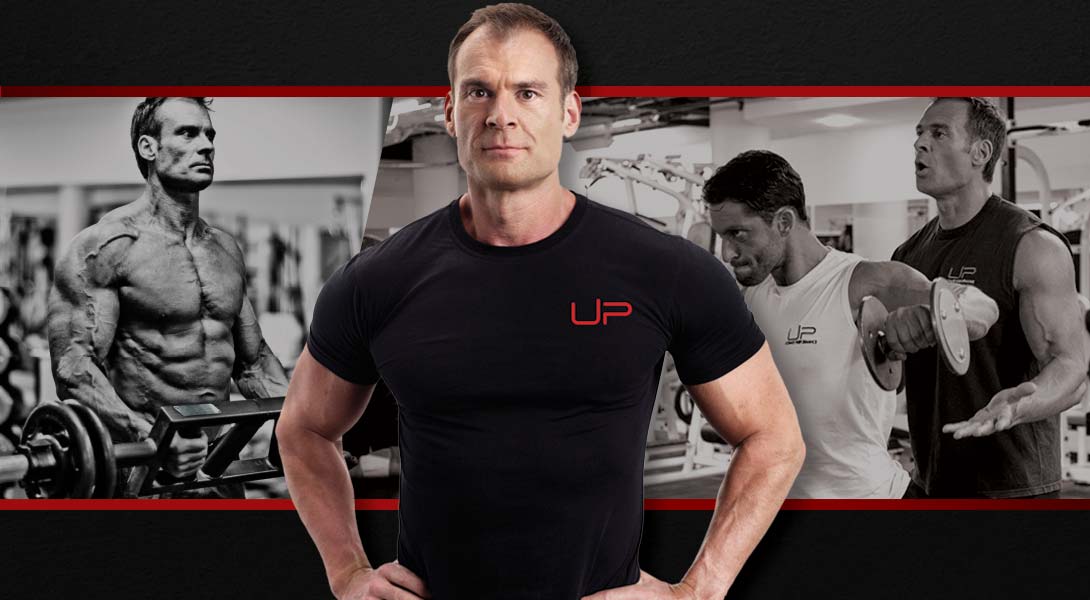
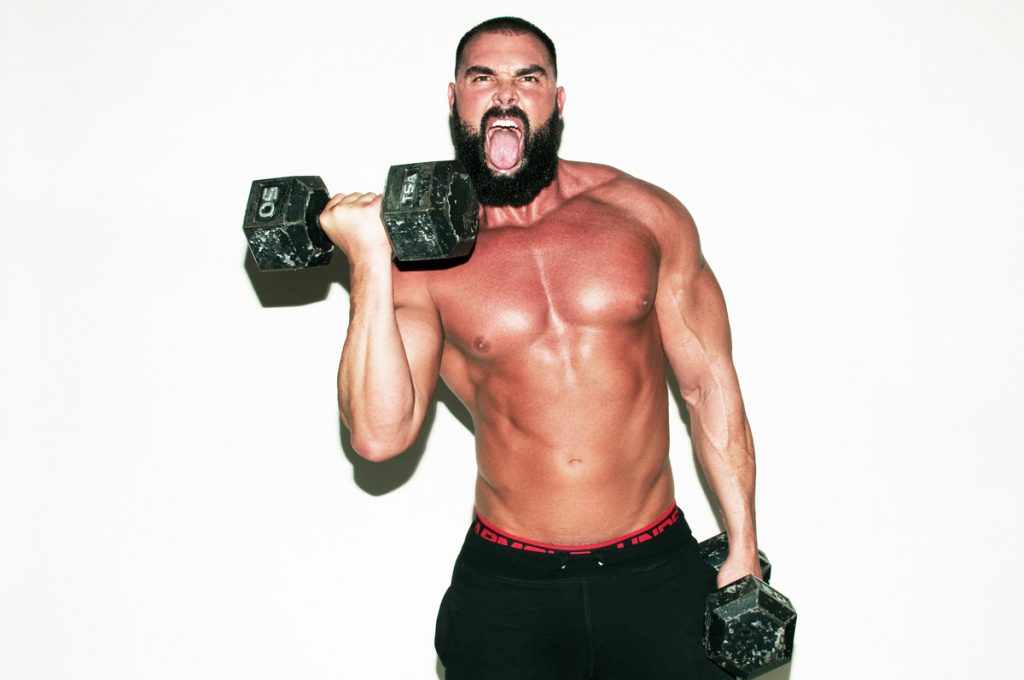
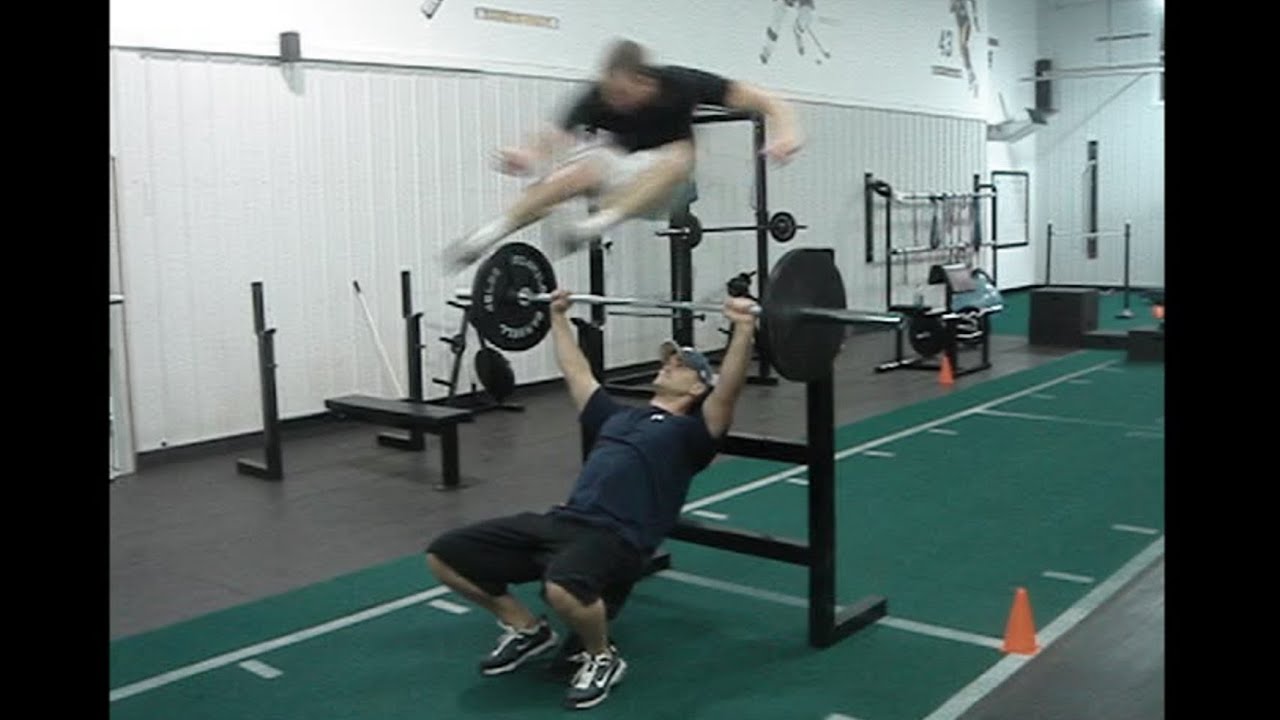
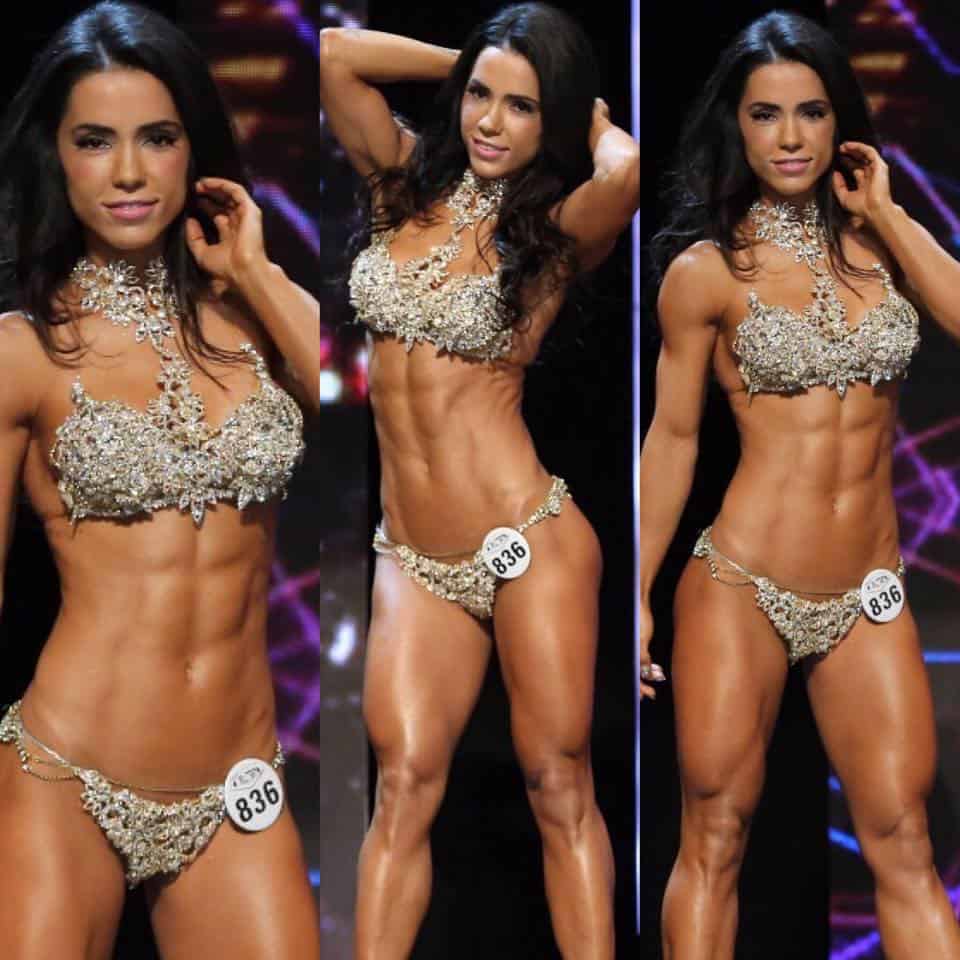
Question 1 - Tell us a little about how your philosophy on training has developed.
Question 2 - Science or art. What is most important in designing an effective training program?
Question 3 - How do your general prescriptions for training differ depending on the experience of the trainee? Does specificity become more important for advanced trainees?
Question 4 - Do you use any methods to determine individual exercise tolerance and recovery rate when designing programs?
Question 5 - Most athletes including Olympic and powerlifters don't train to failure. Do you believe that bodybuilding training is different and failure is an important tool for success?
Question 6 - Do you incorporate any periodization in your training. If so, can you talk a little how you apply it?
Nick Mitchell - I like to do the mesocycles as described earlier, but I want to stress that this only works with trainees who get to the gym consistently. If you are only training twice one week, once the next, three times the following, then periodization is a total waste of time as you are simply not doing enough volume to warrant it. From a very top down perspective, applying periodization across all types / goals of strength training, I am firmly in the camp of oscillating between periods of intensification (heavy loads, lower reps, longer rest intervals) and accumulation (higher volume of repetitions, lighter loads, shorter rest intervals). How to specifically apply this will really vary considerably from trainee to trainee.
Bret Contreras - Every trainer does whether they know it or not. Most of my colleagues have structured plans...some write out annual plans, some jot down various phases, some include deload weeks, and some work with detailed percentages. Periodization is a big topic and it's important to note that there are top researchers, sports scientists, and coaches who have pointed out the shortcomings of formal periodization models. I believe that an experienced and talented trainer/coach can do a great job utilizing intuition, and that planning out detailed schemes that can't possibly predict short-term stressors can be problematic.
Kelly Baggett - I talked a little about it in the earlier question on the difference between beginner and advanced athletes. How I apply it depends on so many variables it's hard to give a cookie cutter answer. I think the main thing is looking forward to a future date, whether that date is a month in the future or a year, and asking the question, "what should I do now and in coming weeks to be at a peak at this point in the future?" Then work backwards and take it from there. That might be as simple as performing 3 full body workouts per week with a consistent set/rep scheme and just trying to add weight to the bar each and every workout, or it could involve working thru multiple phases and changing things up every month: adaptation, hypertrophy, strength, speed-strength, conditioning, etc.
Andreia Brazier - Yes I do incorporate periodisation into my training. But like my training programs, it is not entirely set in stone. I use periodization to change my focus and maintain self motivation, limit boredom. I don't however, sit down and write specific micro/meso and macro cycles and adhere to them throughout the year. I think when training for aesthetic's, you can be a lot more varied with your training as opposed to athletes training for strength or power.
Question 7 - What kind of tests should we use when assessing a trainee's needs? Do they differ for a bodybuilder compared to an athlete?
Nick Mitchell - The physical assessment tests needed for bodybuilder versus an athlete are going to differ a little bit in that we need to be sensitive to the specific nature of an athlete's sport and exercise a bit more due diligence than with a bodybuilder, who will be in a much more controlled environment (the weight room). I run all the same basic tests on everybody – structural balance, muscular balance, properly firing glutes, hamstrings, vastus medialis (VMO), mid trapezius for scapular stability, and range of motion. However, my standards will be much higher with certain athletes than with bodybuilders. For example, many guys do not need to squat ass to the grass to develop big quads, and for physique development the attendant oblique growth that many experience can be detrimental to success.
An athlete on the other hand doesn't have aesthetic considerations in his mind, and if we can get him to squat properly will ultimately be a more powerful machine. Â So we might spend longer on remedial movements to help him get there versus the bodybuilder. Does a bodybuilder "need" fabulous external rotation strength? No, he does not. Â Does a rugby or hockey player? Yes. A swimmer might need a ton of rotator cuff work, but less VMO work. A soccer player would in many ways be the opposite. The same principle goes for range of motion. I'd like to see a bodybuilder have good flexibility, but so long as he has balanced flexibility (each side of his body with an equivalent ROM) I can live with that – in the real world getting most guys to stretch and have the right soft tissue work can be an almighty struggle – we all find it so boring! On the flip side to this, an athlete will clearly benefit from great flexibility as well as been as strong as possible at end range positions.
Bret Contreras - I'm FMS-certified, and I feel that some tests are very telling, such as the overhead squat, hurdle step, shoulder mobility, and active straight leg raise. However, when training clients, you can just view them on a continuum with every single exercise. You need to get them better at squatting, deadlifting, benching, hip thrusting, lunging, military pressing, chinning, rowing, etc. Good lifters need to have proper mobility and stability for sure; but there's a motor learning aspect to each exercise and the way to get better is through practicing proper form. So whatever the exercise, the client needs to learn the feel and master the motor patterns. If a client can't utilize proper form, it's either a deficit in mobility or stability, or a lack of motor control. The quickest route to get somebody performing exercises properly is up for much debate and would require an entire book, but techniques such as cueing, SMR, stretching including PNF, special "corrective," "activation," or "stability" exercises, eccentrics, and traditional resistance training have been shown to improve form. Finally, a trainee's needs depends highly on their goals.
Kelly Baggett - I could literally write a book on this topic and you could get into many different evaluation strategies, but something I feel is important for both bodybuilders and athletes is a simple movement/mobility assessment. You want to be able to perform common movements thru a pain free full range of motion.
Bodybuilders want the form but form in large part follows function. A lot of long term health and functionality can be gained by assessing and developing the ability to perform a simple overhead squat and a few other simple movements that help keep the body in balance. For an athlete I get into much more in-depth evaluation looking at speed to strength ratios. When training to boost athleticism we're basically training to increase power. Power is a combination of strength and speed and training can be set-up to emphasize either. Basically I'm trying to determine how efficiently the athlete utilizes his strength to determine whether training should be more speed oriented (plyometrics/explosive work), more strength oriented, or balanced.
One simple assessment is just looking at the squat to vertical jump ratio. Â If an athlete has a big squat but low vertical jump we know he's not using his strength efficiently, and needs to work more on rate of force development/speed training. If an athlete has a big vertical jump and low squat we know he transfers strength into power very efficiently and will likely make easy gains continuing to drive up his strength.
Question 8 - What's the biggest mistake advanced trainees with a history of success behind them still make?
Nick Mitchell - That's a good question… Two opposing mistakes spring to mind. Firstly there is the understandable temptation to think if "it has worked for me so it must be the best way". This is usually accompanied by the "my way is the best/only way" mentality. What's so good for me about owning a large, results driven Personal Training business is that I am in the enviable position to see the impact of numerous different training modalities on a daily basis, and as I've already said there really is no one size fits all approach to successful body composition training. The second error a successful trainee sometimes makes, and I've definitely fallen for this myself on the odd occasion, is to fall into the "Emperor's new clothes" trap. For example, for a while it seemed that everyone was doing DC Training and this was the only way. Trying it out, as I did, is one thing, but it is a mistake to not trust your instincts and recognise that there will be patterns to your previous success that you ignore only at your peril.
Bret Contreras - Pushing it too hard. It's a double-edge sword. Their drive and determination help get them to elite levels, but it can sometimes work against them. Objectivity in terms of training intensiveness is difficult for a lifter because when you're warmed up and seeking a great workout, your body lies to you.
Kelly Baggett - I think it's probably information overload. Too much knowledge can be a dangerous thing. An advanced trainee knows what he's doing but knows so much it's easy to get caught up in questioning everything, program hopping week to week, and wanting to change things all the time. Even people who know what they're doing can benefit from having a coach. I think it was Dan John who said, "The man who trains himself has an idiot for a coach." I think there's a lot of truth in that.
Andreia Brazier - I would have to say lack of variety. This is true for not only the beginning lifter, but for the advanced ones too! People get stuck in their ways and even if they make small variations in their training programs, they are always too afraid to have a big overhaul of their training principles.
Question 9 - What sacrifices does being the best require in your view?
Nick Mitchell - The answer to this depends upon what being the best really means. Across the board being the best means willing to make whatever sacrifices are necessary to get you to your end goal. Be it missing out on leisure time, family time, or TV time. Even my own very modest success means that I barely have a social life at all, but I do make family time as that's my priority outside of work. Because I've taken something of a bodybuilding stance in these answers, being the best in terms of bodybuilding is arguably one of the most demanding and sacrifice rife challenges known to man! There really can't be any switching off, your competition is far less what you do on the posing dais, and far more what you have done endlessly in the days, weeks, month, and years leading up to the show.
I have the utmost respect for anyone who has had what it takes to stand on a bodybuilding stage (not male fitness model stage competitions by the way, they bring me out in hives when beauty pageant contestants are compared to real bodybuilders!) and get in a ripped condition. It teaches you so much about yourself, your body, and requires a focus that most people can never relate to.
Bret Contreras - Having an ideal social life and getting to splurge when dining out.
Kelly Baggett - I think sacrifices are only perceived by people at lower levels of competition. The people that are going to be the best train and do things because it's what they like doing and what they want to do. They don't look at it as sacrifice - they look at training as an obsession and something they enjoy. You have to reach a point where you train and make sacrifices related to training because you love doing it and wouldn't have it any other way. At that point excellence becomes a lifestyle and not a sacrifice.
Andreia Brazier - People always ask me this question and they are often shocked with the response. They think I live like a mormon most of the year, constantly in prep mode. Personally I don't feel I make any sacrifices. I have enjoyed every stage of this year from winning my first competition in April (Miami Pro Fitness Model) to claiming the WBFF World Diva Fitness Model Title in August. I have always seen this as more of a lifestyle change. I have always been into training and keeping my body in shape, the main difference that brought me into competition shape was really focusing on my nutrition. My husband, Tom Brazier from Total Body Conditioning planned out every stage of my nutrition and that really made the difference. I have maintained it throughout the year. Yes, in the weeks leading up to a competition I have to get a little stricter, but I like eating clean, I like the way it makes me feel and I like the way I look. I will have the odd sweet on occasions and I don't drink, I never really have.
Question 10 - Do you think we have much left to learn about training or in 100 years will people still be training similar to now?
Nick Mitchell - I'll give you a frustrating yes and no answer here. Firstly, there have been minimal advances in strength training knowledge in the last 30 years. What is allegedly new now has been done forever – we did Crossfit at school and called it circuit training, Freddie Ortiz did flushing sets for his arms in the 1960s and now Hany Rambod reckons he has invented FST-7 (that was also "borrowed" from Dante, who was inspired by John Parillo in the 1980s and so on). So will things change too much, especially at the ordinary man in the street level with restricted time and equipment? The answer is no.
However, there will continue to be huge advances in recovery and regeneration practices, and these will have a significant knock on effect on how certain populations can train. I've just spent a few days learning from one of the major Track & Field rehab guys from one of the top three gold medal winning nations at the 2012 Olympics (need to keep it confidential I am afraid), and some of the mechanisms that they have for keeping people healthy and allowing more frequent training stimuli are just amazing. Emulating these guys I've just bought myself a $4,000 Frequency Specific Microcurrent machine that after initial experimentation has already helped me feel much more relaxed (it is supposed to help with numerous things ranging from tendon repair to liver detoxification) – the drop in cortisol alone from this "feeling" should have a great impact upon the ability to ramp up training volume, which will in turn lead to great super compensation and ultimately more progress.
Let's also not forget the ongoing advancements in nutritional supplementation. When I first started in the 1980s the only product available to me was the wallpaper paste gloop that was Weider Muscle Builder from Argos, that I had to then hide under my floorboards because my Mum thought it was a steroid! I've seen every type of snake oil rubbish foisted on the general public from Cybergenics to Inosine and Boron. I'm really not just saying this because this is a roundtable on a supplements website, after all I sell some specific products on my own site too, but I love what Predator is doing with the products it helps introduce to the UK market. Thanks to Reggie we now have supplements that will help everyone achieve new physique and training goals, and it is this scientific push forwards that will have the biggest impact on training in the years to come.
Take for example Patrick Arnold's Prototype Nutrition line – they are way ahead of the mainstream curve with the delivery system (and this is where many of the advances are currently coming from – imagine delivering straight into the muscle with a topical that goes intramuscular rather than subcutaneous and then systemic! It's here now and will go out to the public in the near future – kiss goodbye to weak body parts) and the products. The topical Ursolic Acid and 11 Ketotestosterone concepts are brilliant and go a way (only a way mind you) to levelling the playing field for those who want a significant edge and don't want to go down the Performing Enhancing Drug route. I am fascinated to see how far this will go and it's an aspect of the business I am personally putting some Research & Development funding into.
Bret Contreras - It's very foolish to think we know it all. In 100 years, the basics will still be employed, but our training and knowledge of sports science will be markedly different and improved. Or we'll just swallow a pill or tweak our DNA and be lean, sculpted, and athletic! Who knows?
Kelly Baggett - Personally I think training will get worse, not better, but advances in manipulating nutrition, endocrine factors, genetic factors etc, will more than make up for it. I think as far as the actual training aspects though we're gradually evolving to a culture that is afraid of hard training and I doubt you'll see anyone performing exercises like squats and deadlifts in 100 years. I might be wrong, but that seems to be the way the general trend is going. Free weights are already considered too dangerous in a lot of places to have around. Any recommendation can find enough valid excuses to support it and paranoia regarding injuries seems to be the way we're headed.
Andreia Brazier - There is always going to be the new fad training routine/style that promises a lot more than it can actually deliver, but I believe the basics will always remain. 100 years is a long time but there will still be a bench, squat rack and Dumbells in every gym worth a damn! I think the biggest change in 100 years will be scientific progressions in sports supplements and injury prevention.
Great, thanks so much for your time guys.
Recommended products